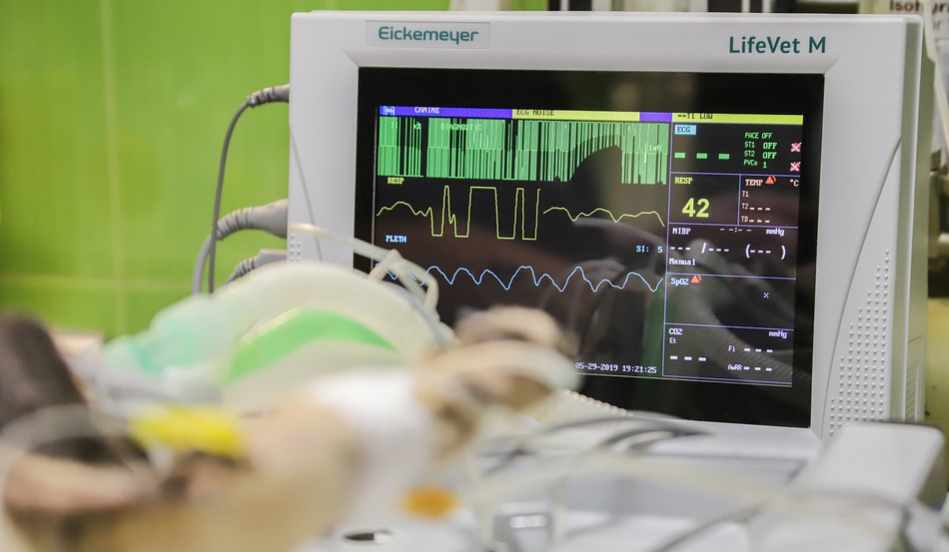Nowadays, healthcare staff has become more active in upgrading their service’s quality, especially to prevent any medical malpractice. It is noticeable that many have utilized advanced technology using a web integrated simulation to enhance the medical staff’s skill. In fact, some healthcare practices have also used computing technology to support their system. In this case, the sophisticated integration of healthcare and digital technology might overwhelm the medical staff as they have much on their plate. Therefore, it is understandable that there are some primary challenges when synchronizing computers in a healthcare system, as reported in a Sim4Health conference. You can read the complete report in https://buzz-esante.fr/simulation-numerique-en-sante-les-grands-enjeux/.
 Since it is essential to learn how to work on the synchronization of technology in healthcare, it would be great to know how one works. In this article, there would be some tips to work on EMR (an electronic medical record) simulation step by step to help the medical practice run smoothly. In this case, it is advisable to perform a soft launch of the entire process before the day of the actual implementation of the EMR in your practice. This simulation should replicate half of the practice’s operation day, from individual identification to exit. If your healthcare practice uses an electronic clinical management application, an evaluation day could demonstrate proper integration between EMR and EPM, such as the billing process.
Since it is essential to learn how to work on the synchronization of technology in healthcare, it would be great to know how one works. In this article, there would be some tips to work on EMR (an electronic medical record) simulation step by step to help the medical practice run smoothly. In this case, it is advisable to perform a soft launch of the entire process before the day of the actual implementation of the EMR in your practice. This simulation should replicate half of the practice’s operation day, from individual identification to exit. If your healthcare practice uses an electronic clinical management application, an evaluation day could demonstrate proper integration between EMR and EPM, such as the billing process.
All Hands on Deck
With few exceptions, all clinic physicians and staff should attend this simulation. Several staff members volunteered to take on the role of patients in this simulation. Also, the workstation staff members can assist in monitoring the procedures. All physicians and staff can move to where they would usually be on Monday morning to begin work, such as the functional area.
Different Patient Scenarios
This simulation should provide the simulated patients with a medical record and identification to mimic the electronic medical record process. It could be a new person needing surgery, another with a critical illness, one coming in for a follow-up, or a possible revision, for example. The crowd would allow the effectiveness of using the different models measured in real-time.
The Entire System
All the different satellite sites would have to access EMR applications at the same time. The server should be somewhere in a central place. This way, you can evaluate whether the system can handle the workload. Also, ensure that there is enough bandwidth to keep the logins running smoothly. It would be great to do a simulation when the machines crash or freeze. It will give the idea of how to prevent such situations from happening. Also, the simulation can help people prepare how to react in such circumstances.
Work Flow
Those affected should behave as a real patient would. This process will bring up some workflow issues, even if they go unnoticed during preparation. On this day, many clinics realize that workflow in the EMR can change in surprising ways. The simulator is the day to learn how to do this. This way, they will not occur in the live moment.
Ambulatory Surgery Center Information
 The surgery room site must have the ability to capture all patient records. Thus, it would be best to include those data in the simulation. Physicians can check the medical records on a laptop when a patient is about to check in for surgery. In this case, the surgeon can use the EMR to review the patients’ medical records before selecting the intraocular lens. This testing also has to include time in the operating room while also analyzing the same data in a monitor.
The surgery room site must have the ability to capture all patient records. Thus, it would be best to include those data in the simulation. Physicians can check the medical records on a laptop when a patient is about to check in for surgery. In this case, the surgeon can use the EMR to review the patients’ medical records before selecting the intraocular lens. This testing also has to include time in the operating room while also analyzing the same data in a monitor.
The clinical supervisors can meet with the administration team as the simulation ends. Since the simulation’s goal is to evaluate the machine’s operation with the staff, there will be a discussion on how to improve it based on the report. Other than a few minor glitches, the entire clinic hopefully achieves a basic level of performance. In fact, more clinicians agree that the few weekend hours of simulation spent in the clinic were rewarding, especially considering the stress built up as the start date approached.

